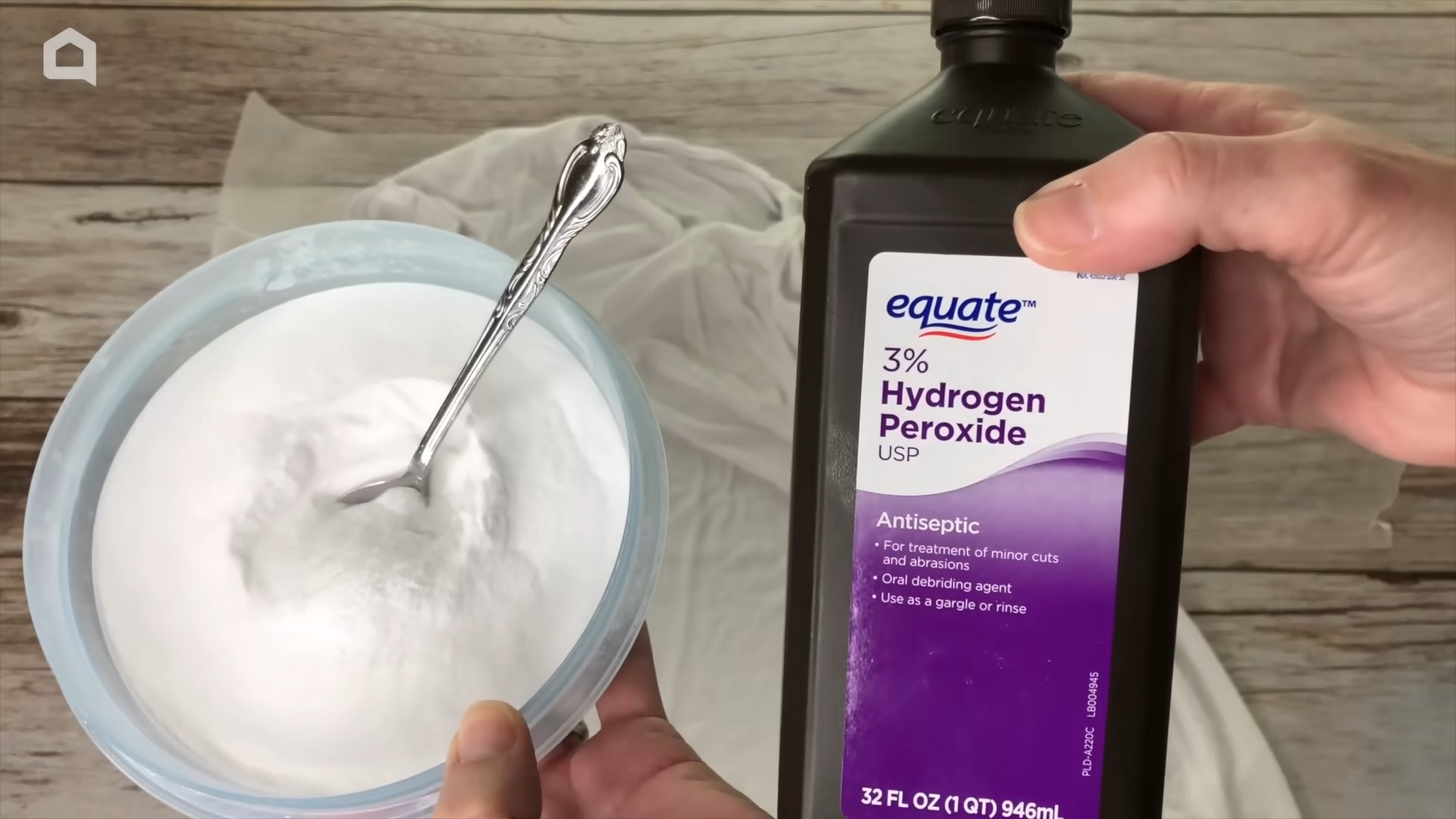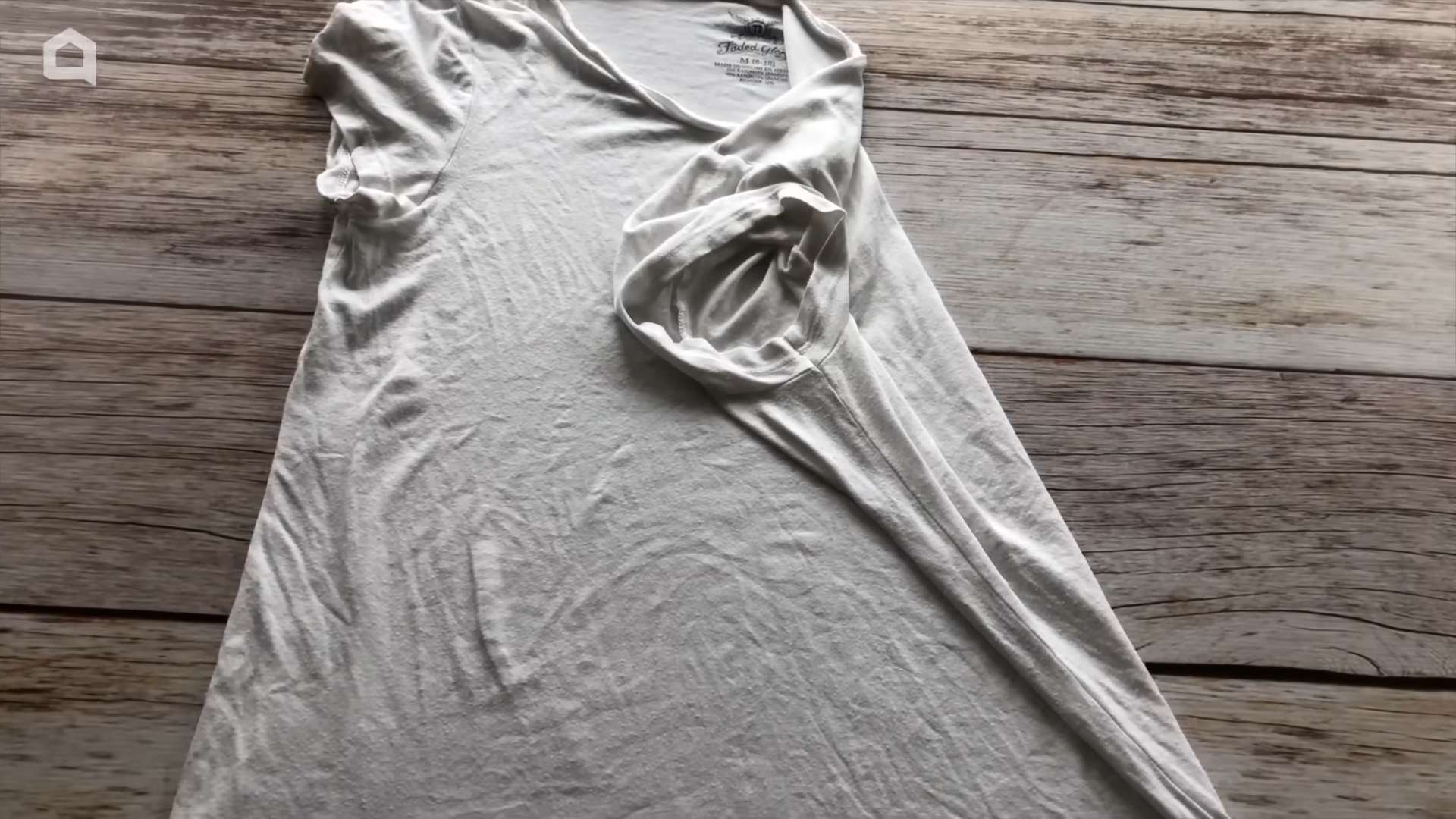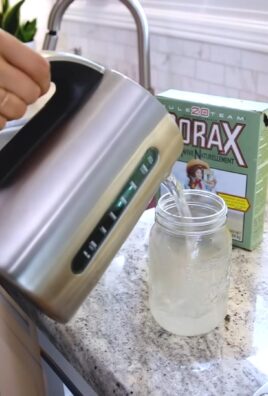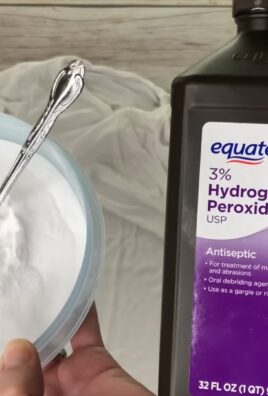Hydrogen Peroxide Cleaning Tips: Unlock the sparkling potential of this everyday household staple! Have you ever looked at that brown bottle of hydrogen peroxide and thought, “There has to be more to you than just disinfecting cuts?” Well, you’re absolutely right! For generations, hydrogen peroxide has been a go-to for first aid, but its cleaning prowess is often overlooked.
I’m here to tell you that hydrogen peroxide is a fantastic, eco-friendly alternative to harsh chemical cleaners. Think of it as your secret weapon against grime, stains, and odors throughout your home. From revitalizing dingy grout to banishing stubborn laundry stains, the possibilities are practically endless.
Why should you embrace these hydrogen peroxide cleaning tips? Because in today’s world, we’re all looking for effective, affordable, and safe cleaning solutions. Harsh chemicals can be expensive, harmful to the environment, and even detrimental to our health. Hydrogen peroxide offers a gentler, yet powerful, way to keep your home sparkling clean without the worry. So, let’s dive into the amazing world of hydrogen peroxide and discover how it can revolutionize your cleaning routine!

DIY Cleaning Powerhouse: Unleashing the Magic of Hydrogen Peroxide
Hey there, fellow DIY enthusiasts! I’m so excited to share one of my favorite cleaning secrets with you: hydrogen peroxide. This unassuming bottle is a true powerhouse, tackling everything from stubborn stains to pesky germs. Forget harsh chemicals and expensive cleaners – hydrogen peroxide is your budget-friendly, eco-conscious solution. Let’s dive into how you can harness its cleaning potential!
Understanding Hydrogen Peroxide: Your Cleaning Ally
Before we get started, let’s understand what we’re working with. Hydrogen peroxide (H2O2) is a mild antiseptic with oxidizing properties. That means it breaks down organic matter, making it a fantastic cleaner, disinfectant, and deodorizer. You’ll typically find it in a 3% solution at your local drugstore, which is perfect for most household cleaning tasks.
Important Safety Note: While hydrogen peroxide is generally safe, it’s crucial to handle it with care. Avoid contact with your eyes and skin. If contact occurs, rinse thoroughly with water. Never mix hydrogen peroxide with vinegar or bleach, as this can create dangerous fumes. Always test hydrogen peroxide on an inconspicuous area before applying it to a larger surface, especially on colored fabrics.
Cleaning with Hydrogen Peroxide: A Step-by-Step Guide
Here’s a breakdown of how to use hydrogen peroxide for various cleaning tasks around your home:
* Stain Removal: From blood and grass to wine and coffee, hydrogen peroxide can work wonders on stains.
* Disinfecting Surfaces: Sanitize countertops, cutting boards, and bathroom fixtures with its powerful disinfecting properties.
* Whitening Laundry: Brighten whites and remove dinginess without harsh chemicals.
* Cleaning Bathrooms: Tackle mold, mildew, and soap scum in showers and tubs.
* Freshening Up: Deodorize sponges, cutting boards, and even your refrigerator.
Section 1: Stain Removal – Banish Those Pesky Marks!
Stains are inevitable, but they don’t have to be permanent! Hydrogen peroxide is my go-to solution for tackling a wide range of stains on fabrics and other surfaces.
Step 1: Identify the Stain
Knowing what caused the stain will help you determine the best approach. Is it organic (like blood or food) or something else (like ink or grease)? Hydrogen peroxide works best on organic stains.
Step 2: Test in an Inconspicuous Area
This is crucial, especially for colored fabrics. Apply a small amount of hydrogen peroxide to a hidden area, like an inside seam, and let it sit for a few minutes. Check for any discoloration or damage before proceeding.
Step 3: Apply Hydrogen Peroxide
Once you’ve confirmed that the fabric is colorfast, apply hydrogen peroxide directly to the stain. You can use a spray bottle, a clean cloth, or even a cotton swab for smaller stains.
Step 4: Let it Sit
Allow the hydrogen peroxide to sit on the stain for 5-10 minutes. You might see it start to bubble, which is a good sign that it’s working.
Step 5: Blot or Rinse
After the waiting period, blot the stain with a clean cloth. Avoid rubbing, as this can spread the stain. If the stain is still visible, repeat steps 3 and 4. For fabrics, rinse the treated area with cold water.
Step 6: Launder as Usual
Once the stain is gone or significantly faded, launder the item as usual.
Specific Stain Tips:
* Blood Stains: Act fast! Soak the stained area in cold water, then apply hydrogen peroxide.
* Grass Stains: Pre-treat with hydrogen peroxide before washing.
* Wine Stains: Blot up excess wine, then saturate the stain with hydrogen peroxide.
* Coffee Stains: Apply hydrogen peroxide directly to the stain and let it sit before laundering.
Section 2: Disinfecting Surfaces – Germ-Free Zone!
In today’s world, keeping surfaces clean and disinfected is more important than ever. Hydrogen peroxide is a fantastic alternative to harsh chemical disinfectants.
Step 1: Prepare Your Surface
Remove any loose debris or dirt from the surface you want to disinfect.
Step 2: Spray with Hydrogen Peroxide
Fill a spray bottle with 3% hydrogen peroxide and spray the surface thoroughly.
Step 3: Let it Sit
Allow the hydrogen peroxide to sit on the surface for at least 5-10 minutes to effectively kill germs and bacteria. This dwell time is crucial for proper disinfection.
Step 4: Wipe Clean
After the waiting period, wipe the surface clean with a damp cloth or paper towel.
Where to Disinfect:
* Countertops: Especially after preparing raw meat or poultry.
* Cutting Boards: Sanitize after each use.
* Bathroom Fixtures: Clean sinks, toilets, and showers regularly.
* Doorknobs and Light Switches: High-touch areas that can harbor germs.
* Kids’ Toys: Keep toys clean and safe for your little ones.
Section 3: Whitening Laundry – Brighten Up Your Whites!
Say goodbye to dingy whites! Hydrogen peroxide can help brighten your laundry without the harshness of bleach.
Step 1: Add to Your Washing Machine
Add 1 cup of 3% hydrogen peroxide to your washing machine along with your regular laundry detergent.
Step 2: Wash as Usual
Wash your white clothes as usual, using the appropriate water temperature and cycle.
Step 3: Enjoy Brighter Whites!
You’ll notice a significant difference in the brightness of your white clothes after just one wash.
Tips for Whitening:
* For heavily soiled whites, you can pre-soak them in a solution of hydrogen peroxide and water for 30 minutes before washing.
* Avoid using hydrogen peroxide on colored fabrics, as it can cause fading.
* For extra whitening power, add a scoop of oxygen bleach to your washing machine along with the hydrogen peroxide.
Section 4: Cleaning Bathrooms – Tackle Mold and Mildew!
Bathrooms can be breeding grounds for mold and mildew, but hydrogen peroxide can help you keep them clean and fresh.
Step 1: Spray Affected Areas
Spray hydrogen peroxide directly onto mold and mildew stains in your shower, tub, or on bathroom tiles.
Step 2: Let it Sit
Allow the hydrogen peroxide to sit for at least 10-15 minutes to kill the mold and mildew.
Step 3: Scrub and Rinse
After the waiting period, scrub the affected areas with a scrub brush or sponge. Rinse thoroughly with water.
Tips for Bathroom Cleaning:
* For stubborn mold and mildew stains, you can create a paste of hydrogen peroxide and baking soda and apply it to the affected areas. Let it sit for 30 minutes before scrubbing and rinsing.
* To prevent mold and mildew growth, ventilate your bathroom well after showering or bathing.
* Regularly clean your bathroom with hydrogen peroxide to keep it fresh and mold-free.
Section 5: Freshening Up – Deodorize and Sanitize!
Hydrogen peroxide isn’t just for cleaning stains and disinfecting surfaces; it can also be used to freshen up various items around your home.
Deodorizing Sponges:
Soak sponges in a solution of hydrogen peroxide and water for 10-15 minutes to kill bacteria and eliminate odors. Rinse thoroughly before using.
Cleaning Cutting Boards:
Spray cutting boards with hydrogen peroxide after each use to sanitize them and prevent the spread of bacteria. Let it sit for a few minutes before rinsing.
Freshening Your Refrigerator:
Wipe down the interior of your refrigerator with hydrogen peroxide to kill bacteria and eliminate odors. Be sure to remove all food items before cleaning.
Cleaning Toothbrushes:
Soak your toothbrush in hydrogen peroxide for a few minutes each week to kill bacteria and keep it clean. Rinse thoroughly before using.
Bonus Tip: DIY Hydrogen Peroxide Cleaning Spray
For a versatile all-purpose cleaner, create your own hydrogen peroxide cleaning spray:
* Fill a spray bottle with 3% hydrogen peroxide.
* Add a few drops of your favorite essential oil for a pleasant scent (optional).
* Shake well before each use.
This spray can be used to clean countertops, sinks, appliances, and other surfaces around your home.
I hope these tips have inspired you to embrace the cleaning power of hydrogen peroxide! It’s a safe, effective, and affordable way to keep your home clean, fresh, and healthy. Happy cleaning!

Conclusion
So, there you have it! Mastering these hydrogen peroxide cleaning tips is more than just a way to save money; it’s about embracing a safer, more effective, and environmentally conscious approach to keeping your home sparkling. We’ve explored how this readily available and inexpensive solution can tackle everything from stubborn stains and grimy surfaces to sanitizing cutting boards and brightening laundry. The versatility of hydrogen peroxide is truly remarkable, making it an indispensable tool in any cleaning arsenal.
But why is this DIY trick a must-try? Simply put, it delivers results. Unlike harsh chemical cleaners that can leave behind lingering fumes and potentially harmful residues, hydrogen peroxide breaks down into water and oxygen, leaving your home clean and fresh. It’s a win-win for your health and the environment. Plus, the cost savings are significant. Think about how much you spend on specialized cleaning products for different areas of your home. With hydrogen peroxide, you can significantly reduce that expense while achieving comparable, if not superior, cleaning power.
Looking for variations and suggestions to personalize your cleaning routine? Consider adding a few drops of your favorite essential oil to your hydrogen peroxide solution for a pleasant scent. Lavender, lemon, and tea tree oil are all excellent choices that offer additional antibacterial properties. For tougher stains, create a paste by mixing hydrogen peroxide with baking soda. Apply the paste to the stain, let it sit for a few minutes, and then scrub gently. This combination is particularly effective on grout, tile, and even stubborn carpet stains. Remember to always test in an inconspicuous area first to ensure colorfastness.
Another fantastic variation is using hydrogen peroxide to clean your fruits and vegetables. Simply soak them in a diluted solution (1/4 cup of 3% hydrogen peroxide per gallon of water) for a few minutes, then rinse thoroughly. This helps remove pesticides, dirt, and bacteria, leaving you with cleaner, healthier produce. You can also use it to disinfect your sponges and dishcloths. Soak them in a hydrogen peroxide solution for about 10 minutes to kill germs and eliminate odors.
Don’t be afraid to experiment and find what works best for you. The key is to start with a diluted solution and gradually increase the concentration as needed. Always wear gloves when handling hydrogen peroxide, especially if you have sensitive skin. And remember to store it in a dark, cool place to prevent it from degrading.
We are confident that once you incorporate these hydrogen peroxide cleaning tips into your routine, you’ll be amazed by the results. It’s a simple, effective, and affordable way to achieve a cleaner, healthier home. So, ditch the harsh chemicals and embrace the power of hydrogen peroxide!
Now, we want to hear from you! Try these tips and share your experience in the comments below. Let us know what worked best for you, any variations you discovered, and any challenges you encountered. Your feedback will help other readers learn and benefit from your experiences. Together, we can create a community of savvy, eco-conscious cleaners who are passionate about keeping their homes sparkling without compromising their health or the environment. We can’t wait to see what you discover!
Frequently Asked Questions (FAQ)
What exactly is hydrogen peroxide and is it safe to use for cleaning?
Hydrogen peroxide (H2O2) is a mild antiseptic with oxidizing properties. It’s a chemical compound that’s naturally produced in the human body and is commonly used as a disinfectant and bleaching agent. The hydrogen peroxide you find in drugstores is typically a 3% solution, which is considered safe for most cleaning purposes when used properly. However, it’s crucial to avoid ingesting it and to prevent contact with your eyes. Always wear gloves when handling hydrogen peroxide, especially if you have sensitive skin. While generally safe, it’s always a good idea to test it on an inconspicuous area before applying it to a larger surface, especially on delicate materials.
Can I use hydrogen peroxide on all surfaces?
While hydrogen peroxide is generally safe for many surfaces, it’s not suitable for everything. Avoid using it on natural stone surfaces like marble or granite, as it can etch or damage them. It’s also best to avoid using it on colored fabrics or materials without testing it first, as it can have a bleaching effect. Always test in an inconspicuous area first to ensure colorfastness. Surfaces like stainless steel, porcelain, ceramic tile, glass, and plastic are generally safe to clean with hydrogen peroxide. When in doubt, consult the manufacturer’s instructions for the specific surface you’re cleaning.
What’s the best way to store hydrogen peroxide?
Hydrogen peroxide is sensitive to light and heat, which can cause it to degrade and lose its effectiveness. To ensure it remains potent, store it in its original dark-colored bottle in a cool, dark place, away from direct sunlight and heat sources. A pantry or a cabinet under the sink are good options. Make sure the cap is tightly sealed to prevent evaporation. Properly stored hydrogen peroxide can last for several months. If you notice that it’s no longer bubbling when applied to a cut or wound, it’s likely lost its potency and should be replaced.
How does hydrogen peroxide compare to bleach as a cleaning agent?
Hydrogen peroxide and bleach are both effective cleaning agents, but they have different properties and uses. Bleach is a stronger disinfectant and is more effective at killing certain types of bacteria and viruses. However, it’s also more corrosive and can damage certain surfaces. Hydrogen peroxide is a milder disinfectant and is generally safer to use on a wider range of surfaces. It’s also more environmentally friendly, as it breaks down into water and oxygen. Bleach, on the other hand, can release harmful fumes and can be toxic if ingested. For everyday cleaning and disinfecting, hydrogen peroxide is often a better choice due to its safety and versatility. However, for situations requiring a stronger disinfectant, such as cleaning up after a biohazard, bleach may be necessary.
Can I mix hydrogen peroxide with other cleaning products?
It’s crucial to exercise caution when mixing hydrogen peroxide with other cleaning products. Never mix it with vinegar, as this can create peracetic acid, a toxic and potentially dangerous chemical. Mixing hydrogen peroxide with bleach can also create harmful fumes. It’s generally best to use hydrogen peroxide on its own or with simple ingredients like baking soda or essential oils. Always read the labels of cleaning products carefully and avoid mixing them unless specifically instructed to do so by the manufacturer. When in doubt, it’s always better to err on the side of caution and avoid mixing cleaning products altogether.
What concentration of hydrogen peroxide should I use for cleaning?
The standard 3% hydrogen peroxide solution that you find in drugstores is generally sufficient for most cleaning purposes. This concentration is effective at disinfecting surfaces, removing stains, and deodorizing. For tougher stains or situations requiring a stronger disinfectant, you can use a higher concentration, but be sure to dilute it properly and wear gloves to protect your skin. Always start with a diluted solution and gradually increase the concentration as needed. Avoid using concentrations higher than 10% without proper safety precautions, as they can be corrosive and cause skin irritation.
How can I use hydrogen peroxide to clean my laundry?
Hydrogen peroxide can be a great addition to your laundry routine. Add one cup of 3% hydrogen peroxide to your washing machine along with your regular detergent to help brighten whites and remove stains. It’s particularly effective on blood, grass, and sweat stains. You can also pre-treat stains by applying hydrogen peroxide directly to the affected area, letting it sit for a few minutes, and then washing as usual. Be sure to test it on an inconspicuous area first to ensure colorfastness. Hydrogen peroxide is a gentler alternative to bleach and is safe to use on most fabrics.
Is hydrogen peroxide effective against mold and mildew?
Yes, hydrogen peroxide is an effective mold and mildew killer. To treat mold or mildew, spray the affected area with 3% hydrogen peroxide, let it sit for 10-15 minutes, and then scrub with a brush or sponge. Wipe away any residue with a clean cloth. You may need to repeat the process for stubborn mold or mildew. Be sure to ventilate the area well while cleaning and wear gloves and a mask to protect yourself from mold spores. Hydrogen peroxide is a safer and more environmentally friendly alternative to bleach for mold and mildew removal.



Leave a Comment